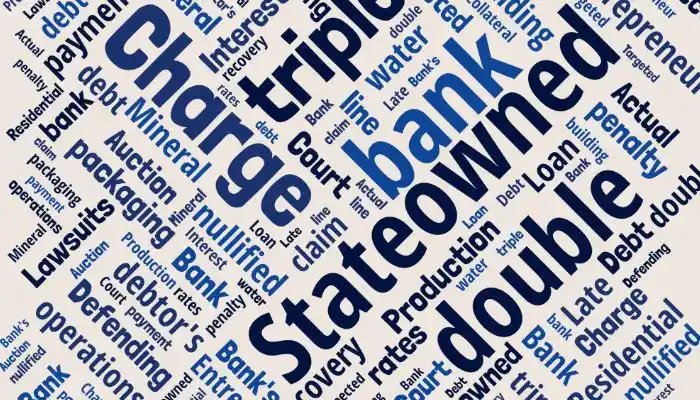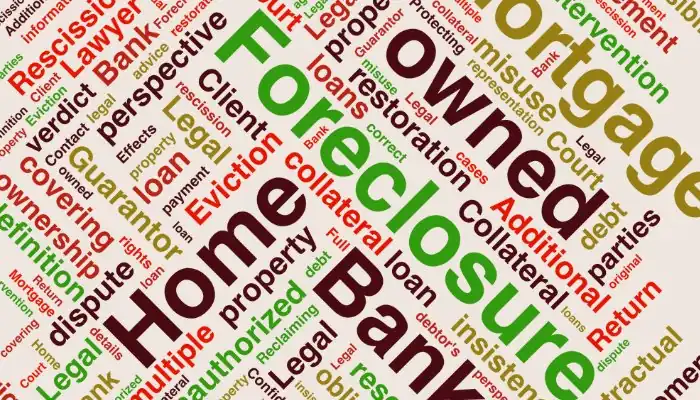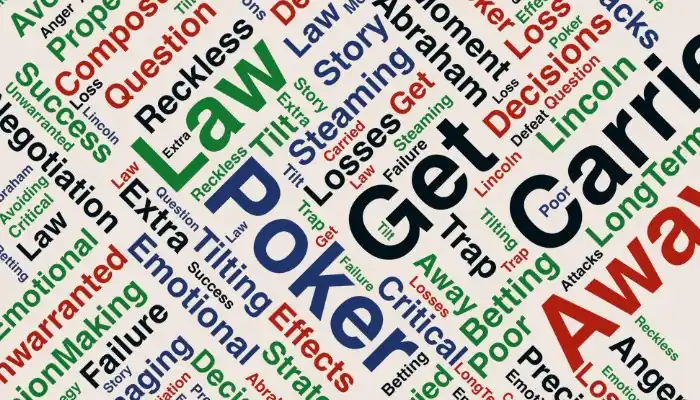An entrepreneur was in the process of setting up a production and packaging line for mineral water and had to take out a loan from a bank to complete the machinery. He knew that private banks offered loans more readily, but since their interest rates were higher, he preferred to borrow from a state-owned bank. This way, the production cost of the factory’s products would not increase, allowing him to remain competitive in the mineral water market.
Not long after setting up the production line, market conditions became unfavorable, and he was unable to make the loan payments on time. As a result, a late payment penalty was added to his debt each month. Eventually, he realized that the bank’s pit had turned into a deep well that would never be filled because no matter how much he paid, he remained indebted to the bank.
He took up his pen and drafted a complaint, which he sent to the bank’s inspection department. The bank inspectors reviewed his loan file. Not only was the bank not found at fault, but after the inspectors’ report, he was accused of unwillingness to repay the bank. As a result, the pace of debt recovery operations intensified significantly, and his residential building, which was held as collateral by the bank, was put up for auction. The bank claimed the entire building for the amount they alleged was owed.
When the bank took action to evict him from the property, he visited the office. With a targeted and law-based strategy, several lawsuits were filed against the bank in the courts…
Can you guess how much the bank’s claim differed from what the court declared as his actual debt? 20 percent? 30 percent? 40 percent? No! It differed by 69 percent.
The court nullified 69% of the bank debtor’s debt. Defending the rights of a bank debtor requires expertise.
Let’s put it this way: imagine the bank seized a six-story residential complex for its claim, while the actual debt was less than the value of two floors! It was really unexpected for a state-owned bank to charge double and triple.




